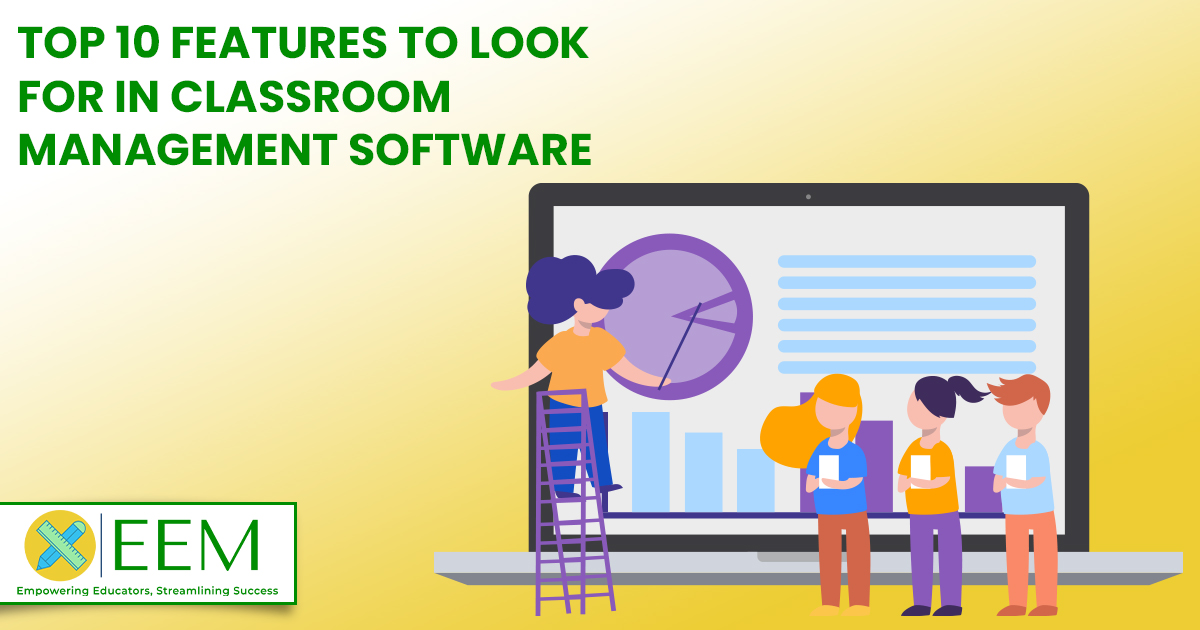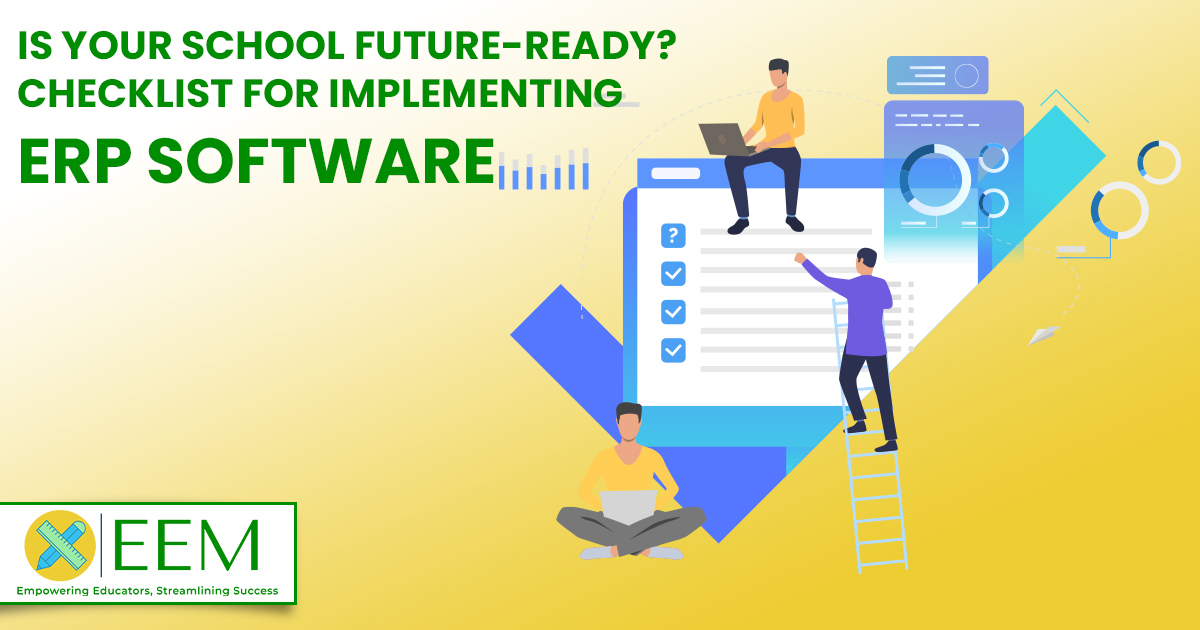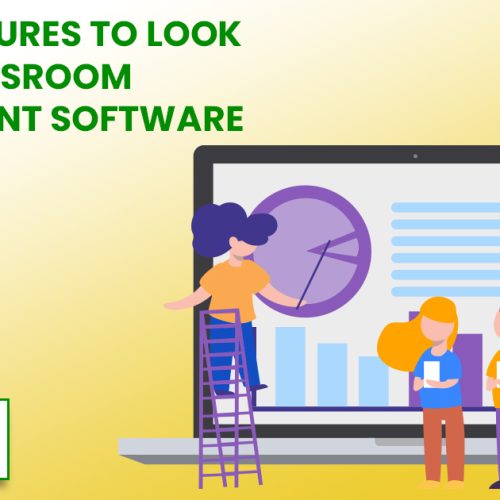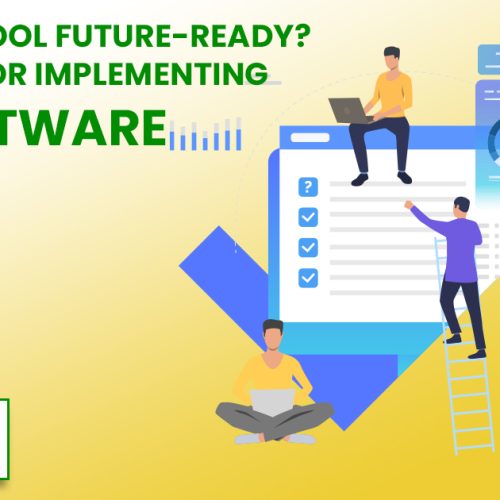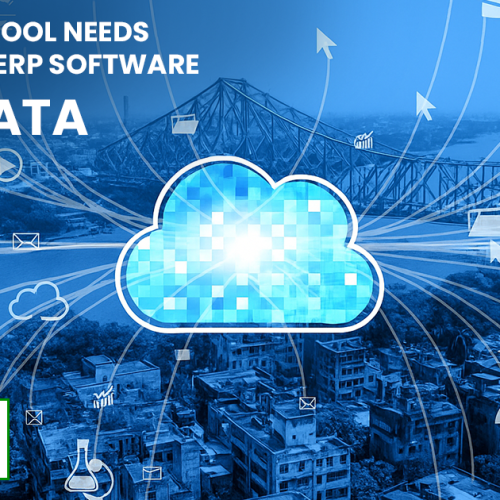
Effective communication between parents and teachers is crucial for the academic success and well-being of students. Traditionally, this communication has been facilitated through periodic parent-teacher meetings, phone calls, and handwritten notes. However, these methods can often be time-consuming and inefficient. With the advent of technology, School Management Systems (SMS) offer a robust solution to bridge the communication gap and foster a more collaborative environment. Here’s how a School Management System can revolutionize parent-teacher communication:
1. Real-Time Updates
One of the most significant advantages of a School Management System is the ability to provide real-time updates to parents. Whether it’s about a child’s attendance, academic performance, or upcoming school events, parents can receive instant notifications. This ensures that parents are always in the loop and can respond promptly to any issues or concerns.
2. Centralized Communication Platforms
A School Management System typically includes a centralized communication platform where all interactions between parents and teachers can be managed. This platform can include features such as:
- Messaging Systems: Secure messaging systems that allow parents and teachers to communicate directly and privately.
- Discussion Forums: Forums where parents can discuss common concerns or share information, moderated by teachers.
- Announcements: A space for teachers to post important announcements and updates that are visible to all parents.
3. Enhanced Accessibility
With mobile app integration, School Management Systems ensure that communication is accessible anytime, anywhere. Parents can use their smartphones or tablets to check updates, send messages, or participate in discussions without needing to visit the school or wait for scheduled meetings. This convenience is particularly beneficial for busy parents who may not always have the time to engage through traditional means.
4. Comprehensive Student Profiles
School Management Systems allow teachers to maintain detailed profiles for each student, which can be accessed by parents. These profiles can include:
- Academic Records: Grades, test scores, and progress reports.
- Attendance Records: Daily attendance, tardiness, and absence reports.
Behavioral Reports: Notes on behavior, disciplinary actions, and commendations.
- By having comprehensive information readily available, parents can have informed discussions with teachers about their child’s progress and any areas needing attention.
5. Scheduled Reports and Feedback
Teachers can use the School Management System to schedule regular reports and feedback for parents. Instead of waiting for quarterly or semi-annual parent-teacher meetings, parents can receive ongoing updates about their child’s performance. This continuous feedback loop helps in addressing issues as they arise rather than after they have become significant problems.
6. Automated Alerts and Reminders
Automated alerts and reminders can be set up to notify parents about important dates and deadlines, such as exam schedules, assignment due dates, and parent-teacher meetings. These automated reminders help ensure that parents do not miss out on critical information and can plan accordingly.
7. Enhanced Collaboration on Academic Goals
School Management Systems can facilitate the setting and tracking of academic goals for students. Teachers can collaborate with parents to set realistic and achievable goals, and the system can track progress towards these goals. Parents can be actively involved in their child’s academic journey, providing support and encouragement as needed.
8. Transparency and Trust
By providing a transparent and consistent flow of information, School Management Systems help build trust between parents and teachers. Parents feel more involved and assured that their child’s education is being managed effectively, while teachers can appreciate the support and cooperation from parents.
9. Supporting Remote Learning
In situations where remote learning is necessary, School Management Systems become even more critical. They provide a platform for virtual classrooms, where teachers can conduct classes and interact with students and parents online. This ensures that education continues seamlessly regardless of physical barriers.
Conclusion
The integration of a School Management System significantly enhances parent-teacher communication by providing real-time updates, centralized communication platforms, enhanced accessibility, and a host of other features. These systems foster a collaborative environment where parents and teachers can work together more effectively to support the academic and personal growth of students. As technology continues to evolve, the potential for even more innovative solutions in school management and communication will only increase, further benefiting the educational community.
By embracing these systems, schools can ensure that they are providing the best possible support for their students and their families, creating a more connected and engaged educational environment.

